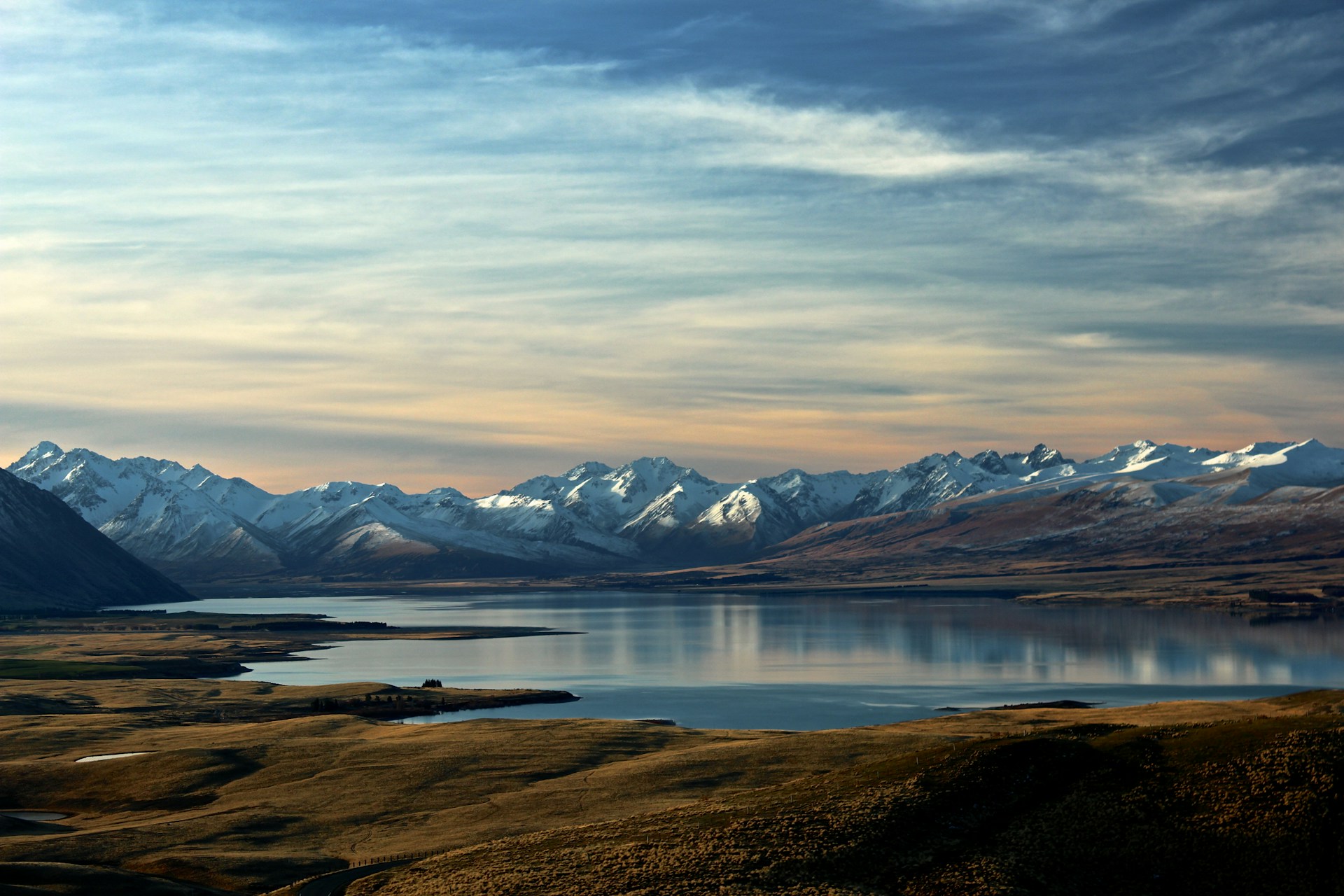Correction: In a previous version of this press release, it was stated that the entire Clark Fork River will be under hoot-owl restrictions starting July 10 at 2 p.m. Only the portion of the Clark Fork from the mouth of Warm Springs Creek to the mouth of Rock Creek will be under hoot-owl restrictions. The Jefferson River in its entirety will be under hoot-owl restrictions starting at 2 p.m. on July 10.
HELENA – Montana Fish, Wildlife & Parks is advising anglers that portions of the Big Hole, Beaverhead, Clark Fork, Madison, Ruby and Sun rivers, as well as the Jefferson River and Silver Bow Creek in their entirety, will be closed to all fishing daily from 2 p.m. to midnight, effective at 2 p.m. on Wednesday, July 10. The restrictions will stay in effect until conditions improve.
Hoot-owl restrictions are issued for:
- Big Hole River –
- from the Saginaw Bridge on Skinner Meadows Road to the confluence with the North Fork of the Big Hole River
- from the Tony Schoonen Fishing Access Site to the confluence with the Beaverhead River
- Beaverhead River – from Highway 41 near East Bench Road to the confluence with the Big Hole River
- Jefferson River – from the confluence of the Big Hole and Beaverhead rivers to the Missouri River
- Madison River –
- Lower section, from the Warm Springs Fishing Access Site to the confluence with the Jefferson River
- Above Hebgen Lake, from Hebgen lake to the Yellowstone National Park boundary
- Ruby River – from the confluence with the Beaverhead River to Duncan District Road
- Sun River – from the mouth of Muddy Creek to the Highway 287 bridge
- Clark Fork River – from its headwaters to the confluence with Rock Creek
- Silver Bow Creek – its entirety
FWP’s drought policy provides for angling restrictions when flows drop below critical levels for fish, when water quality is diminished or when maximum daily water temperatures reach at least 73 degrees for three consecutive days. Water temperatures of 77 degrees or more can be lethal to trout.
These restrictions are designed to protect fish that become more susceptible to disease and mortality when conditions like this exist. One short-term strategy to address heat-induced stress in Montana’s wild trout is to reduce catch-and-release mortality by alerting anglers to fish only in the morning.
Anglers can reduce stress on fish at all times of the year by getting fish to the net or in hand quickly, keeping them in the water and reviving them prior to releasing them back into the river.
If high temperatures and extremely low flows persist, anglers may want to consider fishing areas with less stressful temperatures and conditions, such as larger lakes or reservoirs, or higher elevation waterbodies.
For the latest waterbody restrictions and closures, click here.
-fwp-




